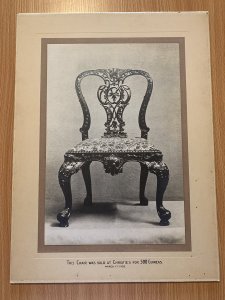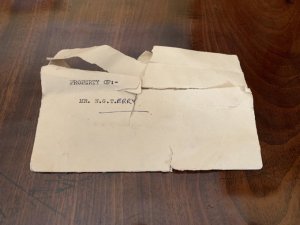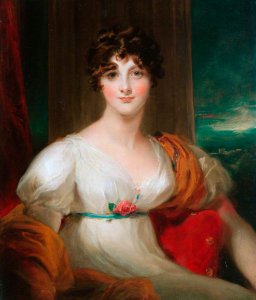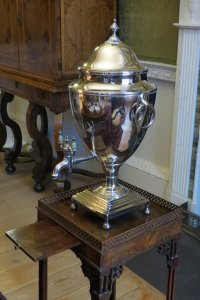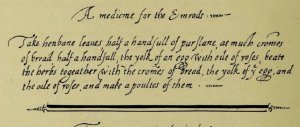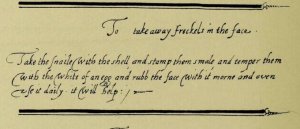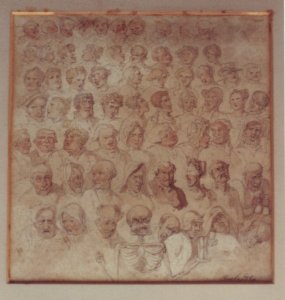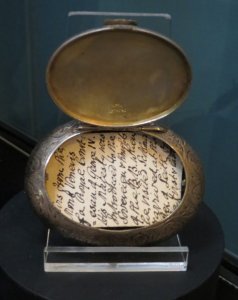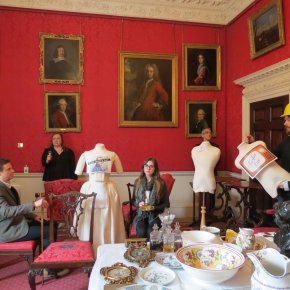24th April 2020
#CURATORBATTLE: Museums go viral on Twitter
Friday’s during lockdown for us are now quite different. Each week we are poised ready to take place in a #CURATORBATTLE on Twitter, competing with other museums to find an object in our collections that ‘best’ fits a theme set by the Yorkshire Museum. So far we have competed to be the museum with the: #dullestobject #prettiestobject, #deadliestobject, #bestegg (Easter Weekend) and most recently #creepiestobject.
What started out as a small competition between a handful of Yorkshire museums has expanded into an international contest with world famous institutions fighting it out to claim victory. The State Hermitage in St. Petersburg, Nova Scotia Museums, Victoria Museums in Australia and the American Museum of Natural History in New York are just some of the big names that have joined the battle so far.
The latest installment of #creepiestobject has gone completely viral with articles appearing in The Guardian, The Independent, The Express, The Poke, the New York Post and the Smithsonian Magazine.
See what we have chosen for the weekly competition so far below.
Week 1: Dullest Object
Left: An early twentieth-century photograph of an eighteenth-century chair. A chair that is in fact not in our collection. The inscription below reads ‘The chair was sold at Christies for 500 Guineas, March 1st 1902’. There is little information concerning the origin of this image or why Noel Terry chose to keep this image is unknown to us, however there are a number of probable answers. The chair in the photograph bears a striking resemblance to a pair purchased by Noel Terry in 1952, perhaps he acquired this image as a reminder of how much his own purchase was worth or maybe Terry at one point did actually own the chair in the photograph and it was sold on, damaged or given away before we inherited the rest of the collection. We shall never know.
Right: This is no ordinary envelope but in fact an empty envelope. The lettering on the front reads ‘PROPERTY OF:- MR. N. G. TERRY’, the ‘erry’ written by hand while the rest is typed. On the reverse of the envelope (not shown) is the stamp of the Terry family business and reads ‘JOSEPH TERRY & SONS LIMITED, YORK’. The rumour is that the envelope once used to contain a key to a safe – neither of which have been found. The envelope was discovered in one of the drawers of a writing desk that came as part of ‘The Noel Terry Collection’. A number of miscellaneous items were also discovered in that drawer including: a Japanese opium pipe, a Chilean 100 peso note and a pair of marigold gloves.
Week 2: Prettiest Object
For our #prettiestobject we didn’t need to look any further than this portrait of Louisa Jane Allen painted by Sir Thomas Lawrence R.A c.1790 -1800. Also know as Mrs John Wedgwood, Louisa married the eldest son of the Wedgwood founder in 1794 and they went on to have six children. Little else is know about the life of the sitter of the beautiful portrait other than she was the 5th daughter of John Bartlett Allen of Cressley and that her younger sister, Elizabeth, also married a Wedgwood. Louisa’s husband John founded the Royal Horticultural Society and she was said to be instrumental in its early years.
Week 3: Deadliest Object
Finding a deadly object within an eighteenth century townhouse museum with a collection of mainly furniture proved far easier that initially thought. At first suggest one of our desks that perhaps threw one’s back out while opening was suggested but this didn’t seem to make the cut’… but of course in the Fairfax House collection there is this rather charming hot water urn that contains a deadly secret. This Silver Plated urn would be an essential item in any respectable Lady’s tea service. Hot water would have been brought by a servant and placed in the urn but to keep the temperature of the water up, inside there is a large lead plug that can be removed and warmed on the fire. Would you like a little poisonous lead with your tea m’Lady?
Week 4: Best Egg
As the museum is not widely known for its egg collection, this week seemed like the perfect time to take a closer look at some of our books, and more importantly the Arcana Fairfaxiana – an 1890 facsimile of a manuscript written in c.1630. The Arcana is described as ‘a manuscript volume of apothecaries’ lore and housewifery three centuries old, used and partly written by the Fairfax family’ (the Cameron line). Home-brewed remedies following family recipes were very popular during the eighteenth century and luckily for us egg was used as an ingredient in many of these potions during the period.
Top: ‘A medicine for the Emrods’
Bottom: ‘To Takeaway freckles in the face’
The full manuscript is available online here.
Week 5: Creepiest Object
Left: An object that is not on public display but that forms part of the collection inherited through Noel Terry is this rather stirring print by eighteenth-century caricaturist Thomas Rowlandson. The piece is called ‘From Cradle to Grave’ and – through a series of sketches – charts the development of men and women from birth through to death. The skeleton depicted in the centre at the bottom of the image is typical of many of Rowlandson’s prints and helps us to autenticate this piece – as does the artists signature seen at the bottom right. On the reverse of the print’s frame (not shown) is written ‘Leetham’. Leetham is the maiden name of Noel Terry’s wife, Kathleen, and so this print likely formed part of the collection of porcelain and artworks she inherited from her father who was an avid collector.
Right: This silver snuffbox was on loan to Fairfax House from the Museum of the University of St. Andrews for the 2016 exhibition ‘In Pursuit of Pleasure‘. The snuffbox however does not contain snuff but instead is tightly packed with ginger hair. According to the note kept in it, it is the pubic hair of one of George IV’s mistresses. The box was kindly presented to the Beggar’s Benison Club by the King when he visited Edinburgh in 1822. The Beggar’s Benison was a gentlemen’s club fully known as The Most Ancient and Most Puissant Order of the Beggar’s Benison and Merryland, Anstruther. ‘Merryland’ was a euphemism for the female body and reflected the group’s focus on erotic and debauched pleasures.
Archives
- December 2024
- October 2021
- August 2021
- July 2021
- June 2021
- May 2020
- April 2020
- March 2020
- February 2020
- January 2020
- November 2019
- October 2019
- July 2019
- February 2019
- January 2019
- December 2018
- November 2018
- November 2017
- August 2017
- May 2017
- December 2016
- August 2016
- June 2016
- April 2016
- March 2016
- February 2016
- January 2016
- December 2015
- November 2015
- August 2015
- June 2015

